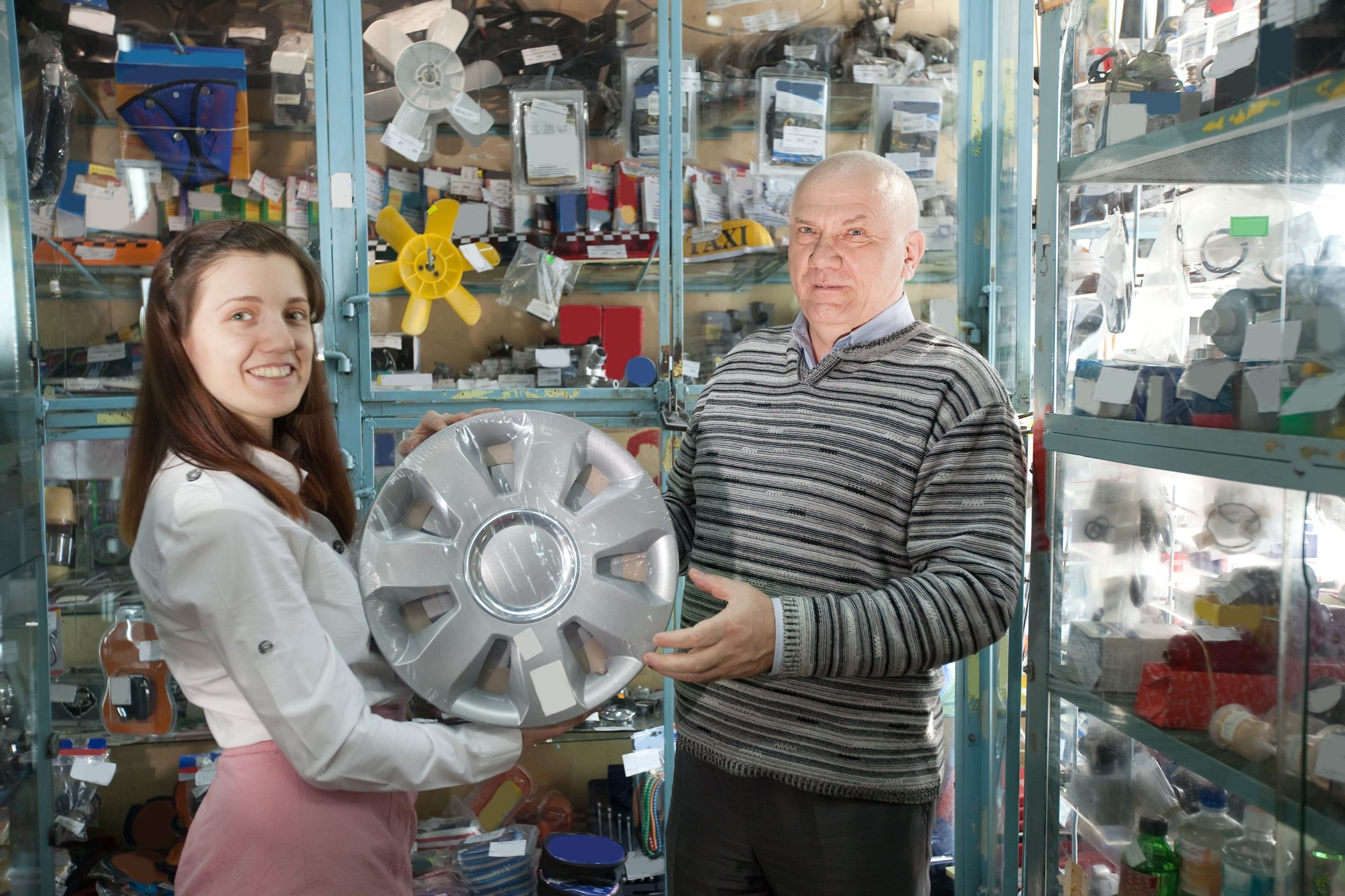An automobile’s engine has a number of moving parts, and where there’s movement there’s friction. Friction will create heat. Motor oil is pumped all throughout an engine block to offer lubrication, yet it is not enough to overcome all this excessive heat energy. In turn, engine parts become simmering hot as a portion of regular operations.
Overheating
It’s where the radiator system with Radiator Pressure Caps will come into play. An engine block has to be kept fairly cool to avoid severe issues such as seizure and overheating. If the pistons can’t freely slide in their cylinders because of excess friction, they eventually will snap and lead to total engine failure. To keep this from occurring, a mix of anti-freeze and water is pumped through the engine block’s chambers to absorb the excessive heat and draw it away from critical spaces.
As the superheated engine coolant runs out of the engine block, it enters through a big rubber hose. The element is made to maximize surface area via a substantial amount of internal folds and chambers. when the hot engine coolant moves all through those nooks and crannies, excessive heat will be drawn out through the walls. The belt-driven or electrical fan might force cooler exterior air through the radiator in order to accelerate the process of cooling. As the vehicle moves, the front of the radiator also is cooled by the exterior air coming through the automobile’s grill.
By the time this superheated engine coolant makes its way through all the chambers, it ought to be cool enough to return through the engine block. But, if the coolant flow is decreased by a fluid loss or blockage, the engine block won’t be cooled down and remaining engine coolant is going to boil over. It’s why sustaining a full coolant level is so very important, particularly during long drives or hot weather.
A radiator with Radiator Pressure Caps doesn’t have any electronic parts of its own — unique sensors register the coolant’s temperature as it exits. Engine coolant doesn’t need to be especially cool to be efficient, so there usually is a broad array of temperatures considered to be inside normal parameters. If anything should go awry with the radiator itself, like a broken hose or leak, the car’s operating temperature reaches a dangerous level in a matter of minutes. The engine has to be permitted to naturally cool down prior to the car being safely driven to the mechanic.








